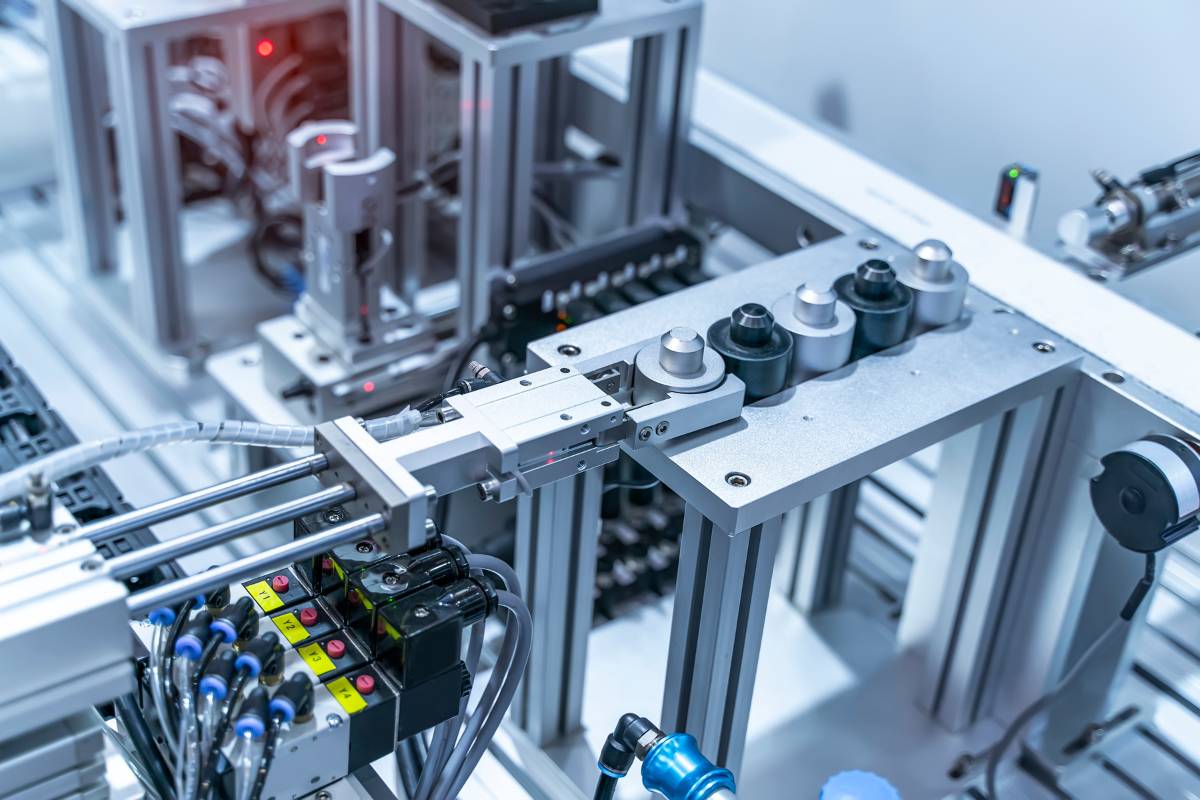Pneumatic Valves Essential Role in Modern Industry Explained

Pneumatic valves—they’re kinda like the behind-the-scenes rockstars of fluid-power setups. They control compressed air in a way that makes machines run smoothly, without you even noticing—for the most part. They direct airflow, set pressure, and manage flow rate to actuators and cylinders so that factories, labs, and everything in between can do their thing. Robotics, packaging lines, trains, ventilators—you name it, these valves are probably in there. No exaggeration: they’re massive for modern automation.
Table of Contents
ToggleGetting What’s Going On (Aka, Fundamentals Time)
Look, understanding pneumatic valves at a basic level is super valuable. Engineers, techs, operators—if you get how they work, you’re ahead of the game. Why? Because it leads to better system designs, smarter buying, easier installs, and way less headache when things break. And let’s be real, nobody wants leaks, breakdowns, or surprise malfunctions. This is doubly true when you’re dealing with specialty valves (like the ones from Bürkert). Knowing your way around them actually makes you look good—and makes systems last longer.
Why Bürkert Often Gets Name-Dropped
You might hear Bürkert a lot—and it’s for good reason. These pneumatic valves range from heavy-duty process valves to precision control stuff and compact directional units that do big jobs in tight spaces. But honestly, even if you’re not using Bürkert, understanding the same principles means you can tune performance, troubleshoot real fast, and tweak automation precisely. I once had a relief valve fail-black at 2 a.m.—total chaos—until I figured out it was just a clogged line. Moral of the story? Knowing the basics helps you sleep at night.
Pneumatic Valve Anatomy – The Nitty-Gritty
Let’s break down the bits:
1. Valve Body
Think of this as the casing—it’s sturdy, made of brass, steel, or strong plastic, built to take pressure and grimy conditions. Inside, machinists carve out pathways that guide air exactly where it’s supposed to go.
2. Actuators
These are the muscles that move stuff inside the valve:
-
Pneumatic actuators: Just use the same air you’re moving—cheap, simple, but effective.
-
Solenoid actuators: Electromagnetic, fast, and you can control Solenoid valves with a flick of a switch. Caution: that magnetic “click” at night can be oddly annoying.
-
Mechanical actuators: Old-school—levers, buttons, cams. No batteries, no wires. Manual control when you want it.
3. Spool vs. Poppet
Inside you’ve got either a spool or a poppet controlling air passage:
-
Spool valves: Sliders that reroute air through different ports. Great for complex systems, but they need real precision machining.
-
Poppet valves: Like little plugs (ball or disc) that seal tightly. Fast, reliable, and great when you need low leakage under high pressure.
Knowing how the body, actuator, and spool/poppet all work together is huge. It helps with choosing the right parts, installing correctly, and troubleshooting without pulling your hair out.
Now, Smart Valves & IoT Twist
Here’s where things get neat. Pneumatic valves are no longer just dumb mechanical parts—they’re smart. Sensors, diagnostics, communications (Ethernet/IP, IO-Link, you name it)—these valves report cycle counts, air use, component wear. Suddenly, system monitoring is not just remote—it’s proactive. This knowledge enables fewer surprises, less downtime. In my book, it’s one of those “why didn’t we do this sooner?” moments.
Different Valve Types & How They Work
Directional Control Valves – Air Traffic Directors
They decide where the air goes in your system:
-
2‑Way: On/off. Simple.
-
3‑Way: Directs air to one of two outputs—popular for single-acting cylinders (extend with air, spring retract).
-
4‑Way: Controls double-acting cylinders—two outputs, more control.
-
5‑Way: Like 4-way, but adds a venting port—for fast cycling.
-
Special types: Check valves (one-way only), shuttle valves (choose higher pressure), rotary valves (multiple routes for fancy control).
Flow Control Valves – Speed And Volume Bosses
-
Needle valves: Fine adjusters—you barely turn them, but they make a big difference.
-
Throttle valves: Big-handled adjustments using butterfly or ball designs. Less precision, more flow.
-
Pressure regulators: Keep output pressure steady, even when input pressure changes. Critical for consistent speeds in delicate systems.
Pressure Control Valves – Safety First
-
Relief valves: Open if pressure exceeds a threshold—safety fail-safe.
-
Safety valves: Bulkier, higher capacity versions.
-
Pressure-reducing valves: Drop down pressure to safe levels—helpful for tools and sensors that can’t handle high pressure.
So Why They Matter Industries-Wide
Pneumatic valves are all over the place:
-
Manufacturing: robotic arms, sizing, packing lines.
-
Process industry: mixing, filling, controlling chemicals in pharma.
-
Transportation: brakes, suspension, doors in heavy vehicles.
-
Medical/Food: ventilators, sterile tools, food conveyors—you name it.
Reliable and adaptable—they really are indispensable.
Wrapping Up
Compressed air, under the right control, works wonders, and pneumatic valves are the gatekeepers. We looked at the main parts—the body, actuator, spool/poppet—and saw how they work together. Add smart IoT capabilities and you go from mechanical to genius levels of automation.
Seriously, if you’re in fluid power tech—or thinking about it—learn this stuff. Know what each valve type does, why and when it works best. It’ll save your systems, your time, your tech rep—and maybe a 2 a.m. panic.
Published by Carol Jones
My aim is to offer unique, useful, high-quality articles that our readers will love. Whether it is the latest trends, fashion, lifestyle, beauty , technology I offer it all View more posts
Recent Post
Golf Resorts In Greece – Something’s Changing







